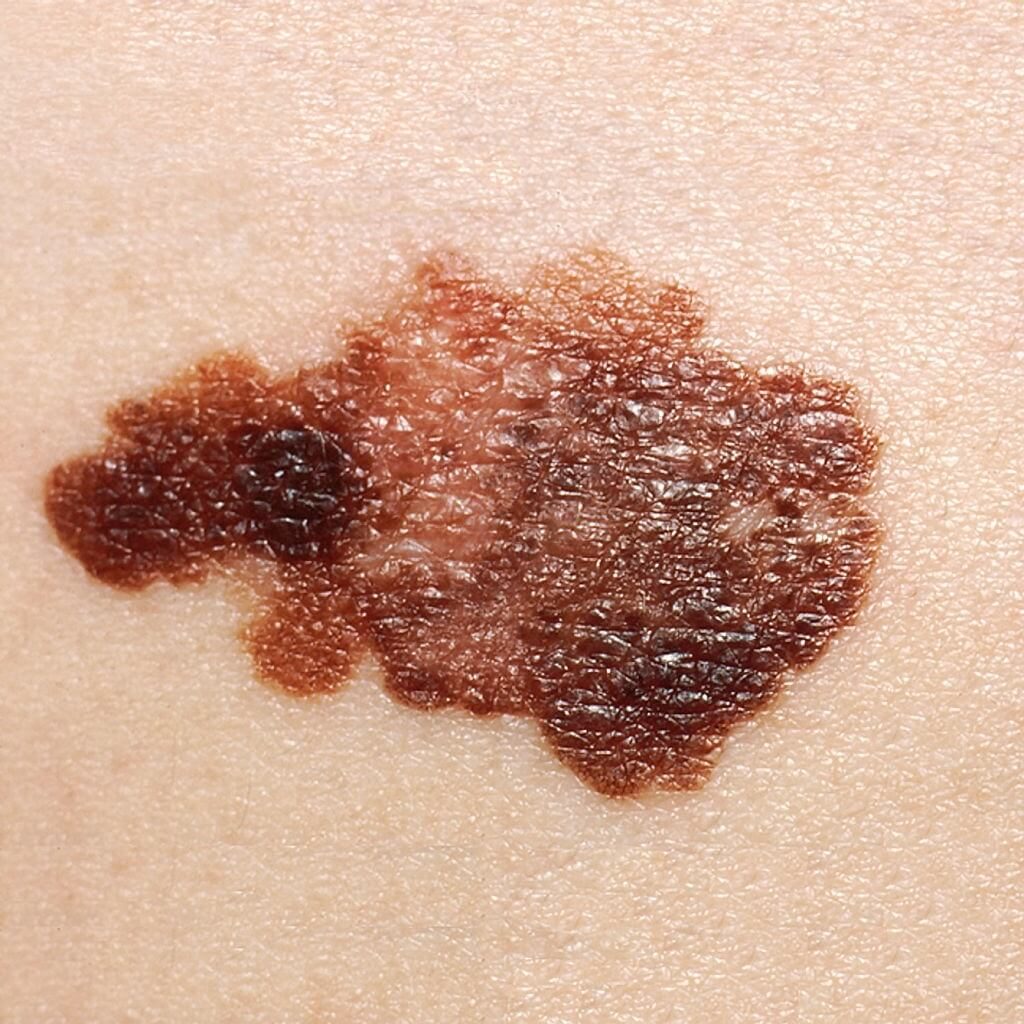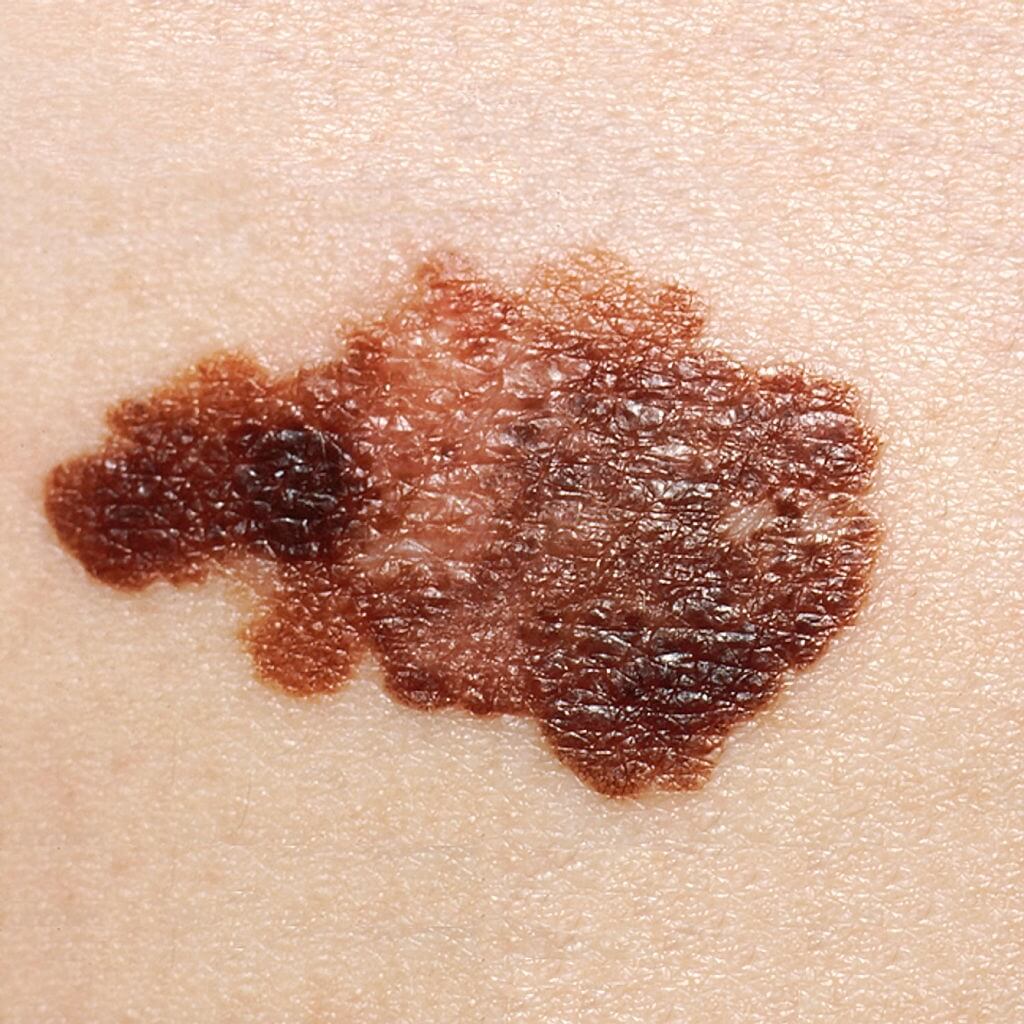Skin exams to look for melanoma signs on a regular basis may save your life. According to Dr Arun Mavanur, an oncologist who specialises in surgical oncoplastic, the most dangerous type of skin cancer should be examined at least once a month in a well-lit room in front of a full-length mirror, as well as with a hand mirror for difficult-to-see areas.
If you have any of the following risk factors for melanoma: unprotected or excessive UV exposure; lesions or moles on your skin; melanoma in your family; a personal history of skin cancer; a compromised immune system; fair skin, freckling, or light hair, you should see your doctor.
Melanoma Skin Cancer May Be Lethal If Not Detected In Time
Dr Arun Mavanur recommends looking for the following things during a self-exam: a sore that bleeds or does not heal after a few weeks, a mole, wart-like growth, bump, or spot that is new or changing in size, shape, or colour (it can appear brown, black, or multicoloured), and a spot, sore, or patch that itches, crusts, or bleeds constantly. If you see any of these symptoms, Mavanur advises notifying your primary care physician and schedule an appointment with a dermatologist as soon as possible.
In order to detect melanoma early, it is critical to know what to look for and where to look for it. Because melanoma is a master of deceit, this isn’t always easy. It may take the form of age spots, bruises, ulcers, cysts, scars, and black lines beneath your nails, to name a few. Though you may not be aware that you have cancer, your skin may itch, hurt, or bleed on occasion.

The age at which one should start watching a dermatologist is dependent on their unique situation. Some people, for example, are exposed to the sun more often and develop sun-induced damage sooner than others and these people should certainly see a dermatologist sooner,” Mavanur added. They may cause serious damage if left untreated over a long period of time.
It’s worth noting that basal and squamous cell carcinomas often appear as dry flakes of skin and scaly regions that don’t seem to heal correctly. In certain cases, skin cancer may take the form of a pimple-like lesion.
We are more than likely to miss other potentially hazardous anomalies if we are just looking for moles and monitoring them for changes. Look for any changes in your skin each month: anything that wasn’t there the previous month, as well as any alterations to areas you’ve previously noticed.
This may seem to be an easy task, but when you realise that it is a comprehensive test and you don’t want to leave anything out, it may rapidly become highly complicated. Examine any moles you’re aware of, even those you’ve had your whole life. Give them a thorough check and keep track of any changes using the ABCDEs of Melanoma.
Pick a dry skin type. Make a mental note of any areas of dry skin that are bothering you as you walk from head to toe. Is it possible for them to cure themselves? Or are they simply stubborn to a fault? Do you have any dry skin flakes that continue to return no matter what lotion or ointment you use to address the problem? Not every pimple grows into skin cancer, and not every mole develops into skin cancer, and not every mole is skin cancer.
However, if you have chronic pimples that do not seem to be going away with time, you should consult a doctor. Make a note of their texture, colour, and size, as well as where they are and how long you’ve had them. Pay special attention to the scars if you’ve undergone skin cancer surgery. Keep a watch out for any changes surrounding the scar, such as newly raised areas.
